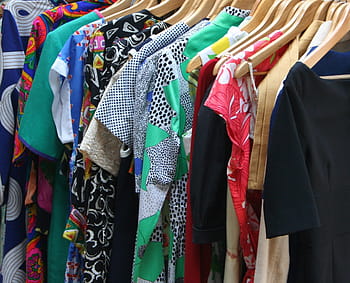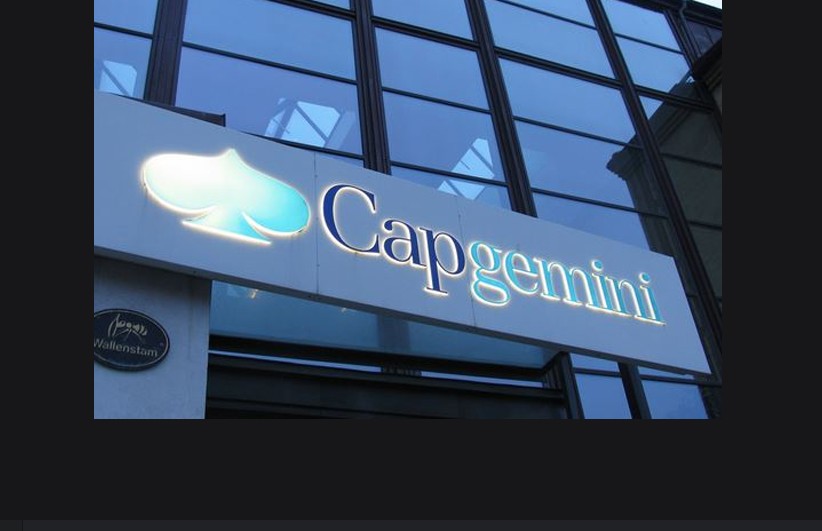Operating profitability to be cut 200 bps, credit metrics seen moderating on higher debt levels
Bengaluru, NFAPost: Revenue of the Rs 1.7 lakh crore organised apparel retail sector is set to plummet 30-35% this fiscal because of
temporary store closures, restricted mobility and low income visibility for consumers.
While operating profitability is expected to be impacted by ~200 basis points (bps), the absolute fall in operating profits will be much sharper, necessitating additional funding, mainly debt, by firms to make up for cash flow shortfalls. This will affect credit metrics.
The analysis, based on a sample of 60 CRISIL-rated apparel retailers (representing a third of sector’s revenue) considers staggered easing of the lockdown, and majority of stores reopening in June, though demand is expected to recover to pre-lockdown levels only during the October-December festive season. Pent up demand, as well as the behaviour of consumers post lifting of lockdown, will have a bearing on the pace of recovery.
Among the apparel segments, sales of the departmental store format (one-third of revenues of sample set) will be hit harder, with ~40% decline in revenue, as half of these departmental stores are mainly located in malls and Tier 1 cities.
For value fashion retailers (two-third of revenues of sample set), the impact will be lower at ~30%, as these have higher presence in Tier 2 and 3 cities, with over half of the stores located in these geographies. A higher proportion of standalone stores and expected benefit from down-trading with income levels decline will also benefit this segment.
Apparel retailers are also likely to see higher contribution from online channels this fiscal, driven by changing buying pattern of consumers amid the pandemic.
Says Gautam Shahi, Director, CRISIL Ratings, “To increase footfalls, retailers may have to offer discount while also incurring higher costs to ensure adherence to social distancing. On the other hand, we also expect retailers to convert a portion of fixed lease rentals to variable, in addition to pruning employee cost, and other discretionary spends. Considering these aspects, operating profitability will moderate by up to 200 bps this fiscal, from ~7-8% in fiscal 2020.”
Converting lease rentals from fixed to variable is critical, as the margin impact will be severe otherwise. Lease rentals and employee costs typically constitute 20% of the overall revenues of the apparel retailers and large proportion of these costs is fixed in nature.
With cash flows being crunched, retailers are seen availing additional debt to make up for the near term shortfall in cash accruals vis-à-vis fixed obligations.
Says Ankit Hakhu, Director, CRISIL Ratings, “In the past 2 fiscals, the debt protection metrics of apparel retailers remained healthy supported by strong operating performance and prudent capital expenditure. However, weakened business levels and lower profitability, will lead to moderation in debt metrics; for instance, the interest coverage ratio1 which stood at over 5 times in past 2 fiscals is expected to weaken to just over 3 times this fiscal.”
Apparel retailers with omni-channel presence, balanced mix of brands and private labels, and sufficient liquidity, and those with access to support from strong parents or groups, will be placed better to counter the challenging business environment. The extent of pandemic and ability to manage rental costs will be monitorables.





